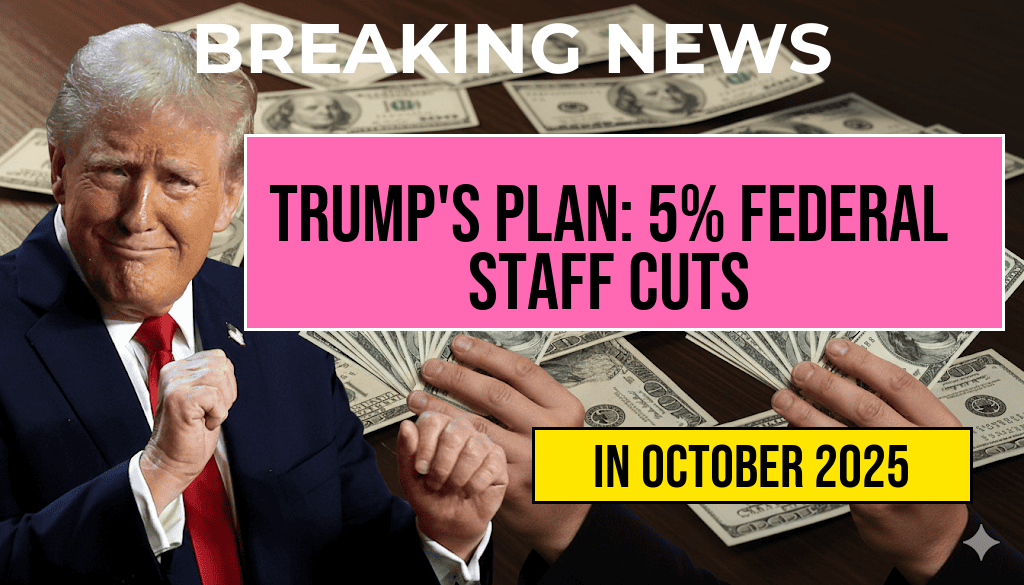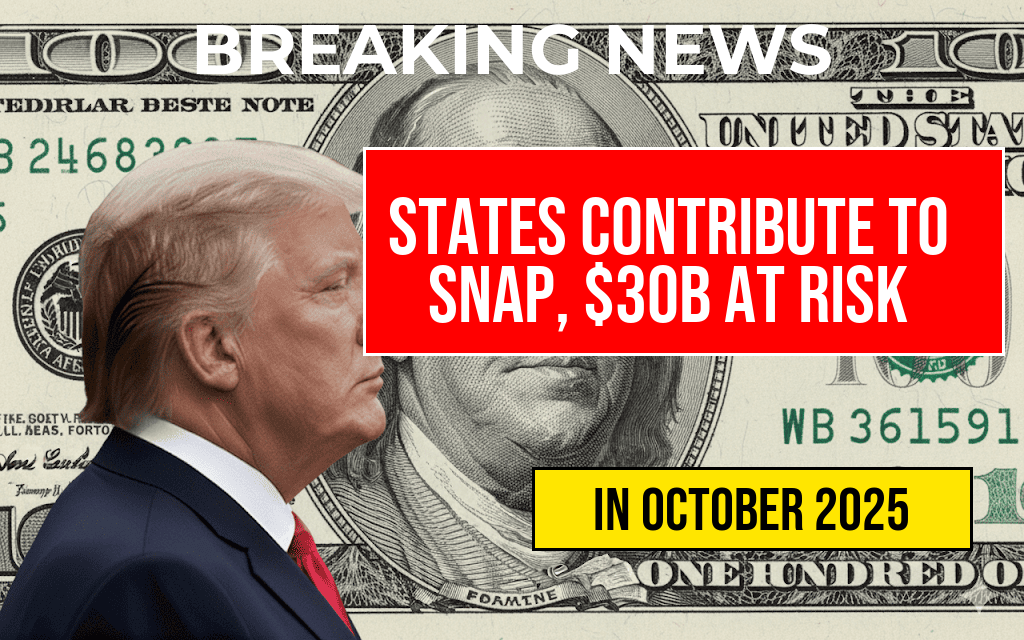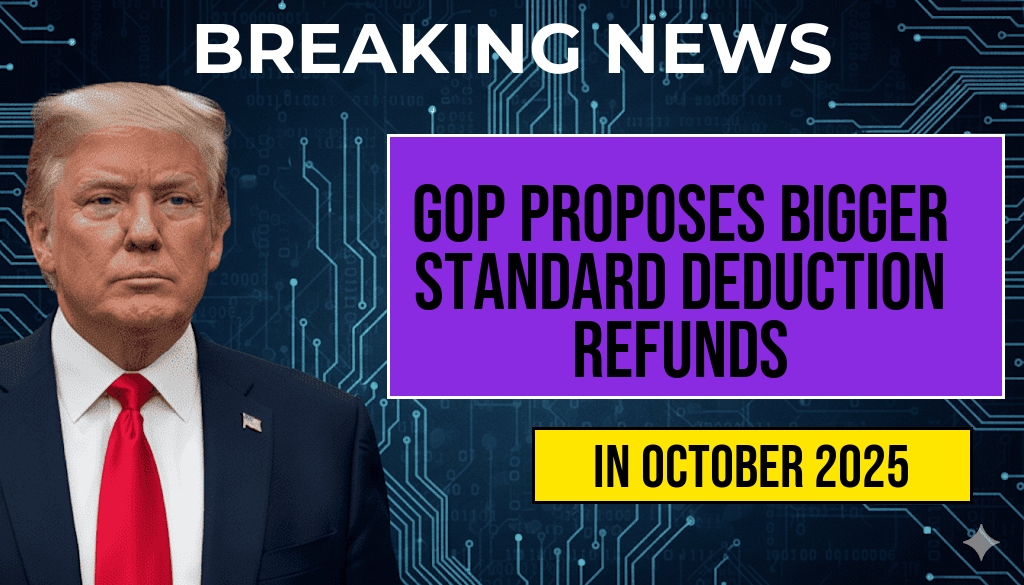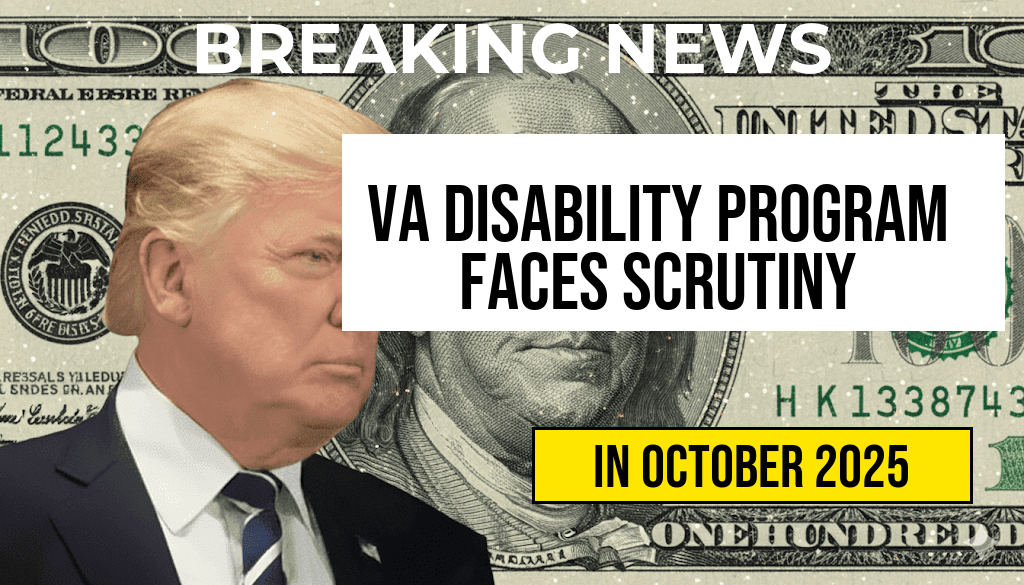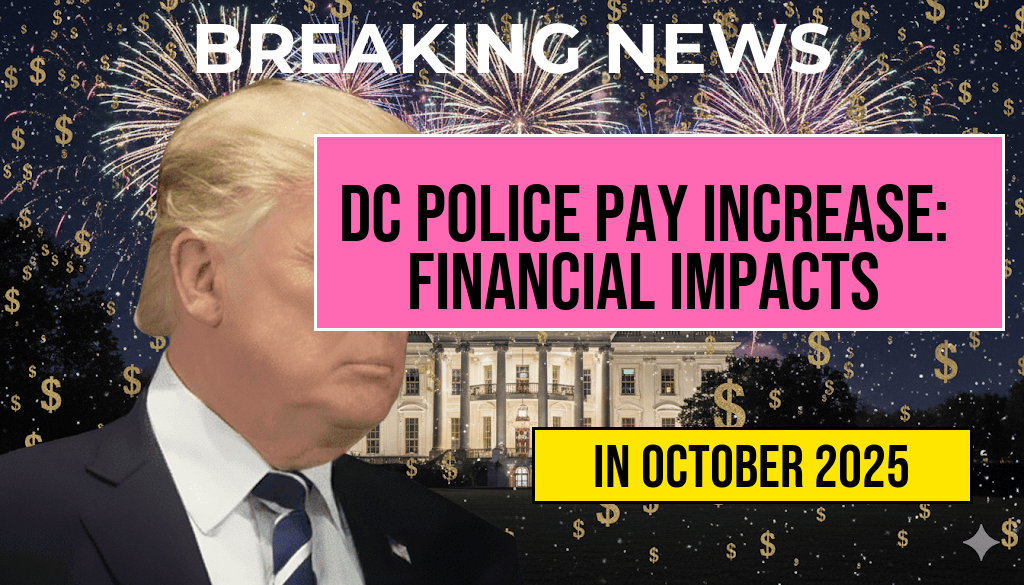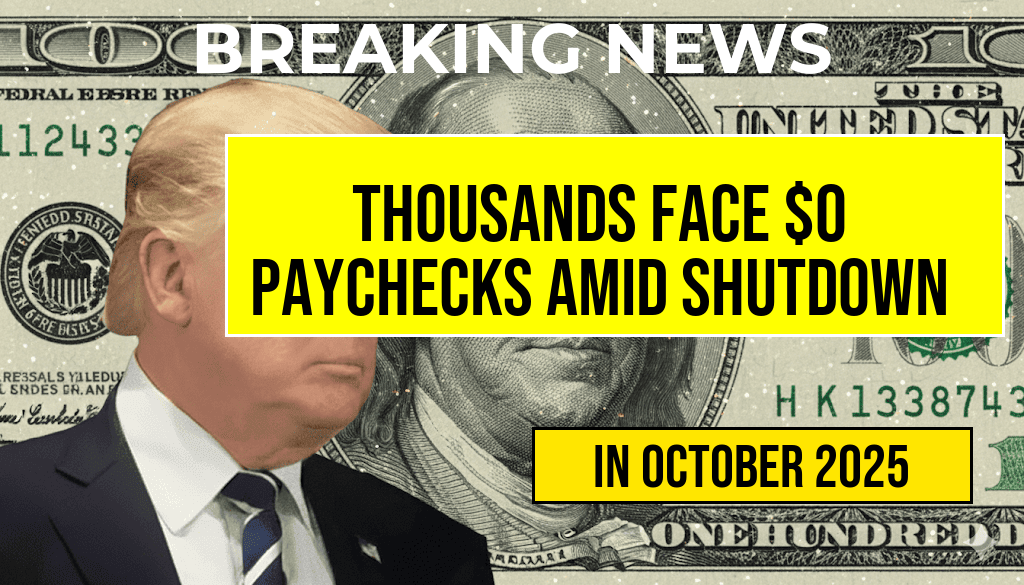Former President Donald Trump’s proposed workforce plan aims for a 5% reduction in federal staff, projecting that this could save billions of taxpayer dollars. However, this ambitious initiative raises concerns as thousands of federal employees may face immediate pay cuts, significantly impacting their livelihoods. The proposal is part of a broader strategy to streamline government operations and reduce what many see as excessive spending. Advocates argue that the plan could modernize federal agencies, while critics warn of the potential fallout for public services and employee morale. As the debate unfolds, the implications of this plan ripple through government sectors, affecting everything from budget allocations to employee job security.
Understanding the Workforce Plan
The details of Trump’s workforce plan have emerged as part of his broader political agenda, emphasizing fiscal responsibility and government efficiency. The 5% reduction equates to approximately 200,000 federal positions, which, if implemented, could dramatically reshape the federal workforce landscape.
Projected Savings and Budget Impact
According to estimates from the Trump administration, this workforce reduction could save the federal government as much as $3 billion annually. This figure is derived from the costs associated with salaries, benefits, and operational expenses for federal employees. Supporters of the plan argue that these savings can be redirected towards vital programs and infrastructure initiatives.
Possible Consequences for Federal Employees
While the financial benefits of the workforce reduction may appear attractive on paper, the immediate impact on federal employees raises significant concerns. Thousands of workers could face pay cuts and job insecurity as agencies are forced to make swift adjustments. The following groups are likely to be affected:
- Administrative staff in various federal departments
- Support personnel in research and development roles
- Positions in regulatory agencies
Many employees are expressing anxiety over the sudden changes, particularly those in roles that are considered non-essential or redundant. The potential for job losses and decreased morale could lead to diminished productivity across federal agencies.
Opposition and Support for the Plan
The workforce plan has drawn a mixed response from lawmakers and the public. Supporters, primarily from the Republican Party, argue that the plan is a necessary step to cut waste and increase efficiency within the government. They cite examples from the private sector, where downsizing often leads to increased productivity and profitability.
Conversely, critics argue that such cuts jeopardize crucial services that federal agencies provide. Organizations representing federal employees have voiced concerns that the plan could lead to a brain drain, as experienced workers leave the government for more stable opportunities in the private sector. Additionally, they highlight the risk of reduced public service quality, particularly in areas such as healthcare and environmental protection.
Real-World Implications
As the plan progresses, various stakeholders are closely monitoring its implications. Some federal agencies have begun preparing for potential staffing changes, while employees are left in uncertainty about their futures. The broader economic implications could also be significant, as job losses in the federal sector often have a ripple effect on local economies.
| Category | Projected Savings | Potential Job Losses |
|---|---|---|
| Administrative Staff | $1 billion | 50,000 |
| Research Personnel | $1.5 billion | 75,000 |
| Regulatory Agencies | $500 million | 25,000 |
Future Considerations
As the Trump administration navigates this controversial workforce plan, the conversation surrounding federal employment will likely intensify. Experts suggest that any successful implementation will require careful planning to mitigate negative impacts on employees and public services. The balance between achieving budgetary savings and maintaining a functional government workforce is delicate, and the approach taken could set precedents for future administrations.
For more information on federal employment trends and budget impacts, visit [Forbes](https://www.forbes.com) and [Wikipedia](https://www.wikipedia.org).
Frequently Asked Questions
What is Trump’s workforce plan regarding federal staff?
Trump’s workforce plan proposes a 5% reduction in federal staff, aiming to streamline operations and potentially save billions in taxpayer money.
How much money could the federal staff reduction save?
The proposed 5% reduction in federal employees could lead to savings in the range of billions of dollars, although exact figures may vary depending on implementation.
Who will be affected by the pay cuts under this plan?
Thousands of federal employees may face pay cuts as a result of the workforce reduction, impacting their salaries and job security.
When could these pay cuts take effect?
Pay cuts could potentially take effect overnight for some employees, depending on the speed of implementation of the workforce plan.
What are the potential consequences of this workforce reduction?
The workforce reduction may lead to budget savings, but it could also result in reduced services and increased workload for remaining employees, affecting overall government efficiency.





